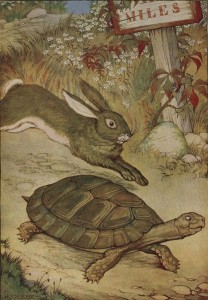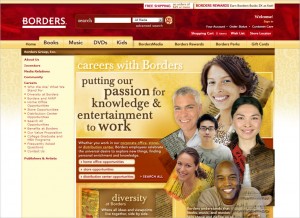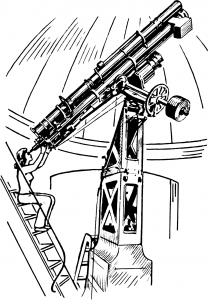I’m a Solver!
That is–I belong to “the first global web community for open innovation, enabling scientists, engineers, professionals and entrepreneurs to collaborate to deliver breakthrough solutions for innovative R&D-driven organizations,” aka Innocentive.
Innocentive connects “Seekers” (companies that need solutions) with a pool of 175,000+ registered “Solvers.” Solvers who come up with potential solutions compete for cash awards offered by the Seeker. Although anyone can register as a Solver, most of the problems are highly technical, so I rarely get to compete. But I’m fascinated by the amazing array of problems posted. For example . . . once company needs a “Fast Hydrating Reference Electrode with Constant Potential in Thick Film Technology” while another seeks something that will make men want to shave more often.
It’s also interesting to read the Innocentive blog–and here’s where we get to the point. In a recent post, Chief Innovation Evangelist Steve Shapiro observes: “From my research on innovation personality styles, I have observed that there are two broad ways of solving challenges: relational/creative and rational/analytical.” And that observation is linked to some recent studies about brain function, explained in this excellent overview in the Wall Street Journal.
Short version: Some solutions appear in a flash of insight, others are arrived at by methodical reasoning, and these processes use different parts of the brain. Also, insight doesn’t really happen in a moment–it’s the product of brainwork that may have been going on in the background for quite a while.
(I’ve nicknamed these styles Hare and Tortoise, mostly because that’s more fun.)
So now for the relevance . . .
Consider who comes to a company’s Career site. Not just Tortoises (who probably analyze the Benefits page and look for detailed descriptions of career paths and job responsibilities). And not just Hares (who are likely to watch the videos and zoom around the site looking for interesting features). There will be both kinds of visitors, no matter what the business line is or who the target audience might be.
There are Hares among the engineers and Tortoises in the marketing department. And many people are a mix of both. So a great website will have plenty to offer relational thinkers as well as rationalists.
Ultimately, you want the best candidates to apply. Some will “decide” to apply because they have weighed advantages and identified a suitable fit. Some will “choose” to apply because they have a good feeling about the company or think they might like the job. Offering content and tools for both groups will ensure that all good prospects make it into the applicant pool.
(Our Tortoise and Hare are from The Æsop for Children, illustrated by Milo Winter. Thanks to Project Gutenberg.)






